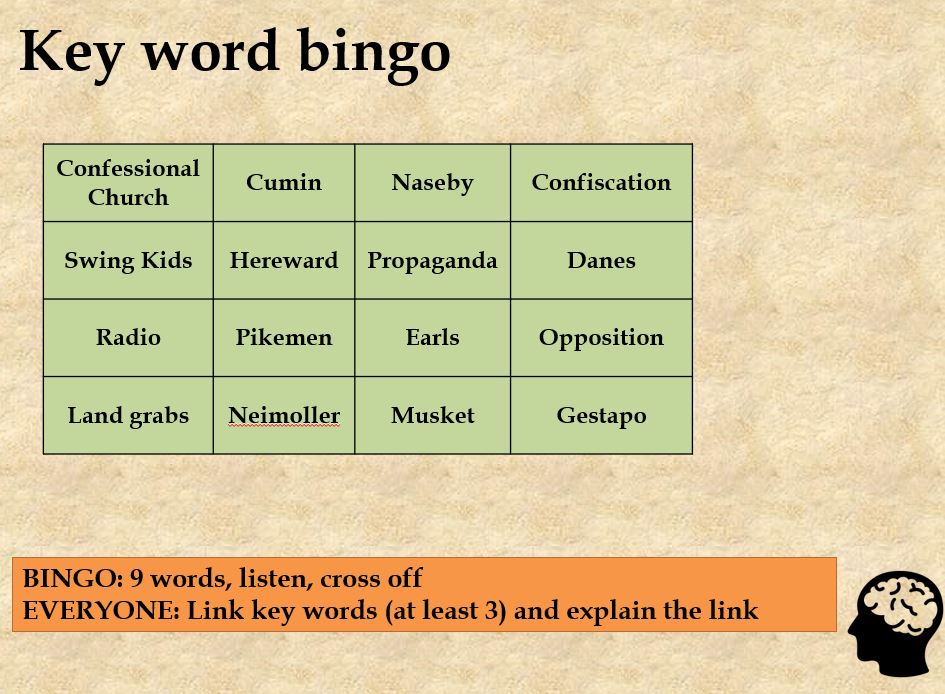In my previous post I talked about how routines are the backbone of classroom and culture. However, in this one, I want to focus on how we build good routines, and this is all down to habits. By teaching routines and being explicit we are essentially forming habits; behaviours that over time become automated. This is the very essence of why consistent routines are so good; they free up working memory capacity by automating other procedural elements.
Making any change in the classroom is hard. We need to know what we want to change, have a clear reason for doing so and then the physical and mental capacity to be able to do it in what is already a very busy profession. Therefore, many of us continuing doing the same thing, not because we don’t want to improve but because it is easier to nothing, what we are doing works and change is hard. In teaching this is particularly difficult as we have lots of automated behaviours which allow us to have effective learning environments and lessons. Therefore, doing anything to upset the balance can be difficult and requires the breaking of a habit before a new one can be implemented.
When I reflect on the teacher I was 6 years ago, the length of time I have been at my current school, I realise that a lot of my teaching practice has changed. I teach in a very different and more purposeful manner than previously. This is partly due to my own interest in pedagogy and research and then my commitment to teaching as well as I can. This has not however been an easy or straightforward process. I have had to work hard to implement new pedagogical ideas, some with more success than others.
Let’s take the example of implementing effective retrieval practice. Six years ago, my starter tasks were about ‘hooking’ the students into the lesson, far more about edutainment than purposeful learning experiences. After reading about retrieval practice, I was clear that this was a strategy I wanted to implement in my classroom. In the first instance I made the decision to have very clear and practical retrieval practice starter tasks. This meant I had to develop the habit of both using them but also making them This was time consuming. I had only been in my job 9 months when I went on maternity leave, had returned to a timetable that was more RE than History and was still adjusting to being a working mother of two. Making this change to my teaching practice was hard. I had to replan all my starter tasks, consider what knowledge I wanted my classes to retrieve and adapt for different classes whilst still being relatively new to the school. Students weren’t used to this way of teaching, and it was a hard sell as to why we were doing it. A well-practiced spiel was needed to ensure students understood the reasoning behind the unfamiliar strategy. I have now used this so often, and continue to do so, that it trips off the tongue. Students who have been taught by me for several years could probably give you this speech. In this way habit formation has enabled me to make positive changes in the classroom.
What is clear from this example, is that there is little about habit formation that is left to chance. We either create through purpose or necessity, doing whatever we can to get through the lesson. However, on the side of purposeful implementation certain aspects are needed to ensure that routines are implemented and followed through.
- Firstly, you need a cue, something that cues the behaviour.
- Secondly, you need motivation, a clear desire for what you want to achieve.
- Then the actual habit. What are you wanting to achieve?
- Finally, the reward. This could be the eventual outcome of building the habit or it could be a particular goal or reward.
So, if I break down the implementation of that retrieval practice habit using these ideas you can see why it has, over time, become a permanent part of my practice.
- Cue: having the retrieval tasks pre-planned. They are already on the board and at the start so there is no way they can be left off or missed due to time constraints.
- Motivation: I knew that this was a strategy that would support students to know more and make me a better teacher. As I am a big geek, the motivation was for me to feel like I was doing my job better.
- The habit itself was harder. The actual implementation was straightforward but to ensure this happened, it require the pre-planning of different starters. This meant more time planning lessons and thought into what I wanted students to achieve.
- Reward: My students should know more and therefore be able to utilise that specified knowledge in their written work. This would fulfil my own sense of achievement and help students to also feel more successful.
I have moved beyond the retrieval as a starter and now utilise it within lessons and purposefully within our overarching curriculum. But without that habit formation in the first place this would have been far more difficult.
Since that experience as well I have read more widely about habit formation and can formulate a plan to help build new habits whether personal or professional. To give a personal example, for quite some time I have struggled to implement an exercise routine. To provide the cue, before I took my children upstairs to bed, I would lay out my yoga mat. Therefore, when I came downstairs, it was ready and waiting which made it far more likely that I would use it. Thanks to this I have just completed 30 days of yoga challenge. Don’t be fooled this has taken months of preparation and failed attempts but the eventual success was due to utilising those habit building strategies.
Therefore, whether you are hoping to set a new habit for students or a new habit for yourself the backbone of success will be in habit formation. Decide what you want to achieve, create a clear cue, and then repeat until automated. I wish you every success in creating new habits and routines.
References:





Leave a comment